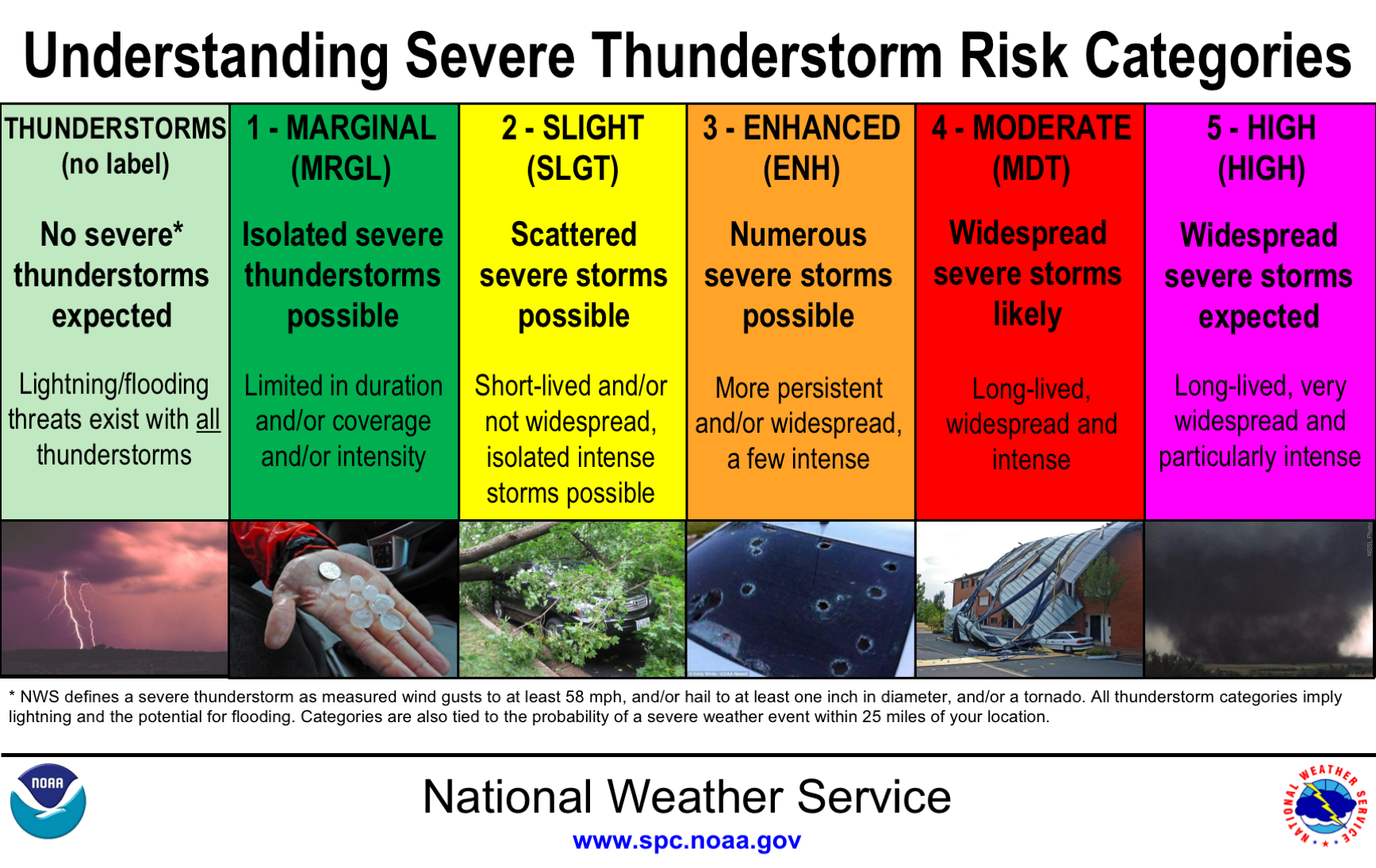Severe Weather: Watch For Fast-Moving Storms And High Winds

Table of Contents
Identifying Fast-Moving Storms and High Winds
Recognizing Warning Signs
Fast-moving storms often arrive with little warning, making it essential to be vigilant. Recognizing the visual and auditory cues is your first line of defense. Look for dark, ominous clouds, rapidly changing weather patterns, and a sudden drop in temperature. Listen for the increasingly intense rumbling of thunder and the howling of high winds – these are clear indicators that severe weather is approaching.
Crucially, monitoring weather alerts and forecasts from reputable sources like the National Weather Service (NWS) and your local news is paramount. These services provide timely warnings about high wind warnings and impending severe weather, allowing you to prepare and take appropriate action.
- Look for rotating clouds: This is a strong indicator of a potential tornado or severe thunderstorm.
- Listen for increasing wind noise: A sudden increase in wind speed and intensity is a significant warning sign.
- Check weather apps and websites regularly: Stay informed about changing weather conditions.
Understanding Different Types of Severe Weather
Several types of severe weather are associated with fast-moving storms and high winds. Understanding the characteristics of each will help you assess the level of risk.
- Derechos: These are widespread, long-lived windstorms that can travel hundreds of miles, packing destructive winds. They often resemble a squall line and can cause extensive damage across a wide area.
- Thunderstorms: Intense storms characterized by lightning, heavy rain, and strong, gusty winds. Some thunderstorms can produce damaging hail and even tornadoes.
- Tornadoes: Violently rotating columns of air extending from a thunderstorm to the ground. These are among the most dangerous types of severe weather and require immediate shelter.
Preparing for Fast-Moving Storms and High Winds
Creating a Safety Plan
A well-defined family emergency plan is vital. This plan should include:
- Designated safe room: Identify a sturdy interior room, away from windows, where your family can take shelter.
- Communication strategies: Establish multiple ways to contact family members during and after a storm (cell phones, landlines, pre-arranged meeting points).
- Evacuation routes: Plan escape routes from your home and know where to go if evacuation is necessary.
- Emergency kit: Assemble a kit containing essential supplies such as water, non-perishable food, a first-aid kit, flashlights, batteries, a portable radio, and any necessary medications.
Protecting Your Property
Protecting your property from storm damage involves taking proactive steps before severe weather strikes.
- Secure windows and doors: Reinforce windows with storm shutters or board them up. Secure all exterior doors.
- Trim trees and shrubs: Trim any branches that are close to your house to prevent them from falling and causing damage.
- Protect outdoor furniture and equipment: Secure or bring inside any loose objects that could be blown around by high winds. This includes patio furniture, grills, and garden tools.
Responding to Fast-Moving Storms and High Winds
Staying Safe During a Storm
When a fast-moving storm hits:
- Stay indoors in your designated safe room: Avoid windows and exterior walls.
- Avoid driving during the storm: High winds and heavy rain significantly reduce visibility and make roads hazardous.
- Monitor weather updates: Stay informed about the storm's progress through reliable weather sources.
Assessing Damage After the Storm
After the storm passes, assess damage carefully:
- Check for structural damage: Look for signs of damage to your home's roof, walls, and foundation.
- Report downed power lines immediately: Do not approach downed power lines; contact your local utility company immediately.
- Contact your insurance provider: Document all damage with photos and videos for your insurance claim.
Conclusion
Fast-moving storms and high winds present significant dangers. By understanding how to identify these severe weather events, create a comprehensive safety plan, and respond appropriately, you can significantly reduce your risk of injury and property damage. Remember that staying informed through reliable weather sources is crucial. Don't wait until the next severe weather event. Take action today to create your family's severe weather plan and learn more about staying safe during fast-moving storms and high winds. Visit the for more information and to sign up for weather alerts.

Featured Posts
-
 Quantum Computing And Ai D Waves Qbts Breakthrough In Drug Discovery
May 21, 2025
Quantum Computing And Ai D Waves Qbts Breakthrough In Drug Discovery
May 21, 2025 -
 Sydney Sweeney To Star In Film Based On Viral Reddit Post Warner Bros Confirms Interest
May 21, 2025
Sydney Sweeney To Star In Film Based On Viral Reddit Post Warner Bros Confirms Interest
May 21, 2025 -
 Wayne Gretzky Trumps Tariffs And Statehood A Canadian Loyalty Controversy
May 21, 2025
Wayne Gretzky Trumps Tariffs And Statehood A Canadian Loyalty Controversy
May 21, 2025 -
 Huizenprijzen Abn Amro Stijging Verwacht Ondanks Economische Onzekerheid
May 21, 2025
Huizenprijzen Abn Amro Stijging Verwacht Ondanks Economische Onzekerheid
May 21, 2025 -
 Vyskum Vaecsina Manazerov Preferuje Osobne Kontaktne Miesta Pred Home Officom
May 21, 2025
Vyskum Vaecsina Manazerov Preferuje Osobne Kontaktne Miesta Pred Home Officom
May 21, 2025
